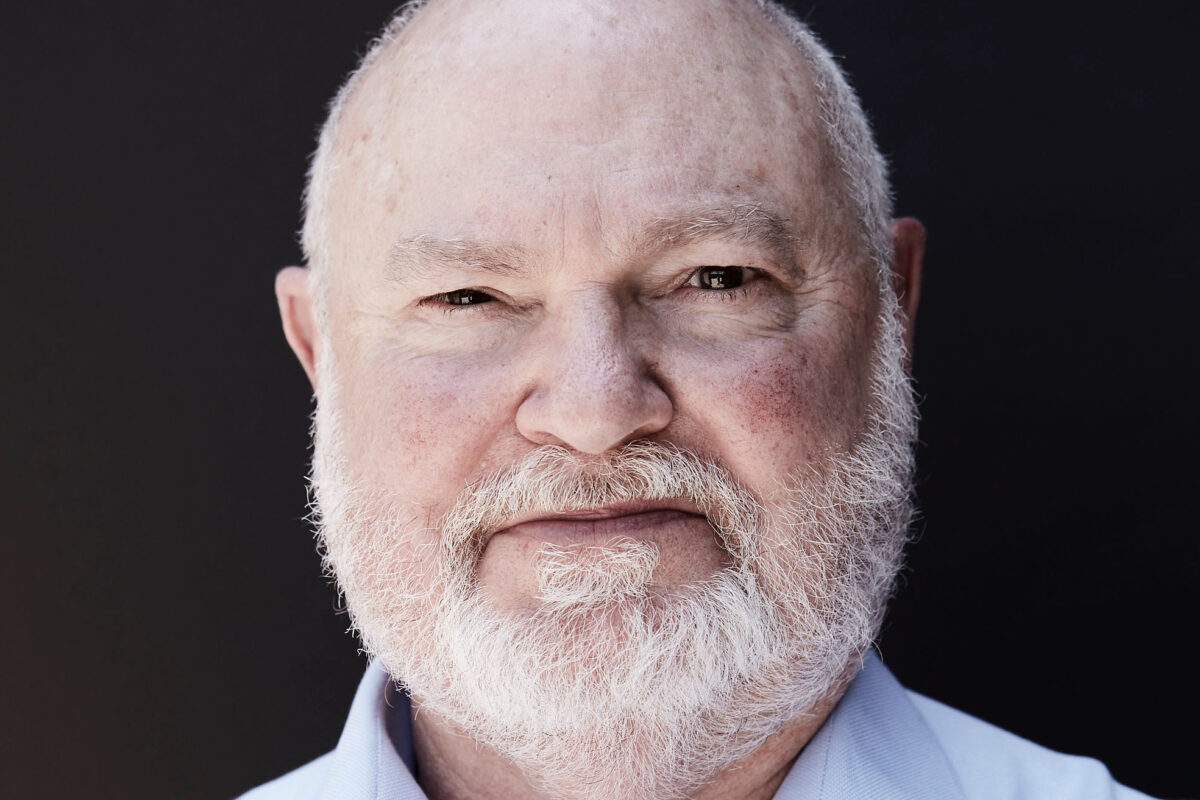Publications
A selected list of publications:
Publications
A selected list of publications:
Download
Download
Download
Download
Download
Download
Download
Download
Biography
Mechanisms of Neural Repair Role of Trophic Factors on Activity-dependent Plasticity We are interested on the mechanisms by which environmental factors affect neuronal health. We have found that trophic factors endogenous to the brain and spinal cord can be induced by the practice of select behaviors. We have recently reported that physical activity, learning, and nutritional factors control neurotrophins in the brain. These findings opened the exciting possibility that regulation of trophic factors by behavior can be a pivotal mechanism by which specific experiences can impact the structure and function of the CNS. It may account for the improvement of CNS function after trauma provided by rehabilitative therapies. On the contrary, it may explain the decay in function in aging or degenerative diseases following a lack of stimulation. These two avenues provide direction for my research program: 1) How trophic factors induced by activity can help functional recovery following brain and spinal cord trauma. We are using several exercise models to boost the production of trophic factors in the brain and spinal cord. Our goal is to provide critical information to guide the design of behavioral therapies for the reduction of the severity of insult or disease, and to increase CNS function. 2) We are evaluating the effects of lifestyle on trophic factor production, with resulting effects on circuit remodeling, synaptic function, and cognition. We believe that changes in trophic factor as a result of select experiences can affect neuronal health with profound consequences for cognitive function.





